Editorial: Chrysler Suicide Watch 46: Private Capital Vs. Uncle Sam
Chrysler bondholders have officially rejected the Presidential Task Force on Automobiles’ (PTFOA) “offer” to exchange 85 percent of their secured debt ($6.9B) for a stake in a reconstituted ChyrCo. The Wall Street Journal reports the bondholders’ counteroffer: the lenders would cut Chrysler’s first-lien debt by $2.4 billion, in exchange for a 40 percent equity stake and a Chrysler board seat. Oh, and they want Fiat to put up a billion dollars. Which Fiat won’t do because . . . it doesn’t have it. The bondholders’ position sounds about right. Remember: this is secured debt. If/when Chrysler is sold off in pieces, the bondholders would recoup about 65 cents on a dollar. Settling for anything less would be against their financial interest. But not their political interest. Not only has the US Treasury rejected the bondholder’s proposal, they’ve cast aspersions on the banks’ patriotism. No, really.
“It is neither in the interest of Chrysler’s senior lenders nor the country for them to advance a proposal that would yield them an unjustified return as Chrysler, its employees and other stakeholders are working tirelessly to help this company restructure,” the Treasury said in a statement.
With just eight days left before ChyrCo’s latest restructuring deadline, this one’s getting seriously ugly. We hear rumors that Chrysler CEO Bob Nardelli is going to resign this week. And there’s plenty of talk from Motown politicians pressuring Chrysler bondholders to suck it up—or face the consequences.
Late Wednesday, Michigan Gov. Jennifer Granholm blasted the banks’ counteroffer, urging them to “do the right thing.”
“They need to collapse their debt as the Obama administration has asked to ensure the viability of the company, which is critical for the families, employees, retirees, dealers, suppliers and others who rely on it,” Granhom said. “To do otherwise is not only disappointing, it is unconscionable at best.”
U.S. Rep. Gary Peters, whose district is home to Chrysler’s Auburn Hills headquarters, called the banks’ offer “an affront to taxpayers” and Chrysler employees and retirees.
“These debt holders were offered fair market value for their debt and the banks have responded by asking for a windfall,” Peters said in a statement.
Windfall? As in undeserved profits? How long before someone trots out ye olde Jewish banking conspiracy? Like I said, real ugly.
Back to the Fiat deal, upon which President Obama so publicly staked Chrysler’s future. The bondholders’ billion dollar “put up or shut up” salvo against the Italians is really just a clever way of saying no freakin’ way.
The lenders also questioned the logic of having Chrysler pair up with Fiat. The Italian company, they said, would bring “negative synergies for the first 3 years” and would enter the alliance with “limited downside for a deal of this size.” Moreover, they said it could result in a “wealth transfer from the U.S. taxpayer to a foreign company of potentially $10 billion or more.”
I spit on you spitting on me for spitting on my country. Or something like that. And wouldn’t you just know it: the PTFOA is, as predicted here, happy to walk away from the $4 billion US taxpayers have already shoveled down the ChryCo rathole. And THEN toss them EVEN MORE money.
The counteroffer also came about a week after the government presented Chrysler lenders with more than 60 pages of financial assumptions for a combined, restructured Chrysler. The government projects that Fiat-Chrysler wouldn’t be able to start making payments on its debt until 2012, said several people familiar with the report.
The government also assumes that the $4 billion it lent Chrysler largely will be wiped out, as will a combined $2 billion Chrysler owes Cerberus Capital Management LP and Daimler AG, Chrysler’s last two owners. The government would then put in an additional $6 billion to fund the operations of Fiat-Chrysler.
Not to mention the $3 billion Uncle Sam would fork over to the United Auto Workers health care fund—cause that would be churlish. More on the unions in another post. Meanwhile, the WSJ saves the story’s most fascinating aspect for the end. It seems that ChyrCo bondholders’ are at war with each other, in a David and Goliath kinda way.
In the red corner: the nestling-in-the-pocket-of-the-feds crew: J.P. Morgan, Citigroup, Goldman Sachs Group Inc. and Morgan Stanley. In the green corner: a bunch of “little guys”: Elliott Management, Stairway Capital Management, OppenheimerFunds, Perella Weinberg Partners and three dozen of so relatively small lenders. Seems . . .
Not everyone was on the same page. The big bank view was “hey guys, the offer back can’t be outrageous. This is the government,” said one of these people. “There were others, smaller lenders, who wanted to be a lot more aggressive.”
In the end, the big banks “came closer to the smaller lender view,” said another person familiar with the talks.
What was that about a nation at war with itself? Anyway, C7 or boondoggle billions. We shall see.
More by Robert Farago
Latest Car Reviews
Read moreLatest Product Reviews
Read moreRecent Comments
- MaintenanceCosts "And with ANY car, always budget for maintenance."The question is whether you have to budget a thousand bucks (or euro) a year, or a quarter of your income.
- FreedMike The NASCAR race was a dandy. That finish…
- EBFlex It’s ironic that the typical low IQ big government simps are all over this yet we’re completely silent when oil companies took massive losses during Covid. Funny how that’s fine but profits aren’t. These people have no idea how business works.
- Ajla Goldman Sachs 🥂
- Rna65689660 DVR and watch all that are aired. Has been this way for 40 years.

















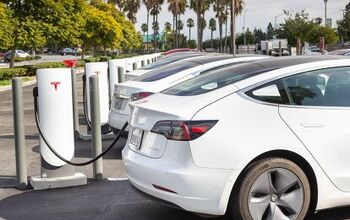



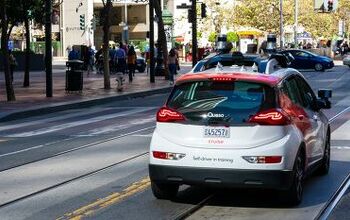
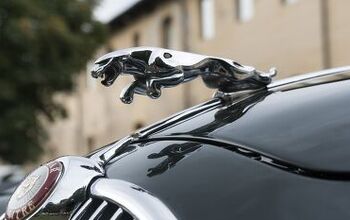


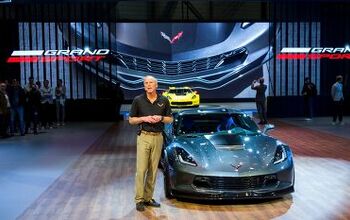

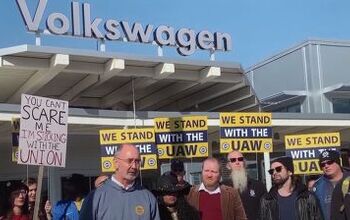

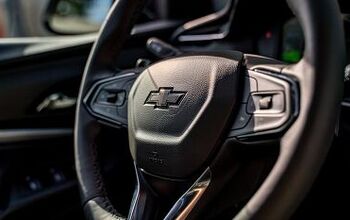

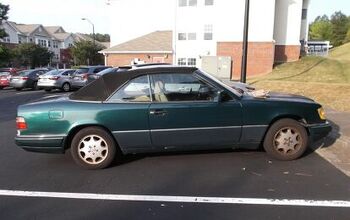


Comments
Join the conversation
I have to agree with the Treasury on this. There is something deeply perverse about these banks -- which would be dead, if not for the government's TARP intervention -- suckling from the government teat on one hand, and then telling the Treasury to get stuffed on the other. I understand that companies work for the benefit of their shareholders, but the fact that the US Government saved them from ruin does, I think, imply some sort of obligation on their part to assist the government as it tries, however hopelessly, to to rescue another damaged industry. Whether the banks' intransigence is in the strategic interest of the stockholders isn't the only point here: some gratitude toward the public and the public's representatives might be appreciated. Instead, the banks take the money, run, and then spend money lobbying Congress to block a credit cardholder's "Bill of Rights" and a first-mortgage-modification addition to bankruptcy law.